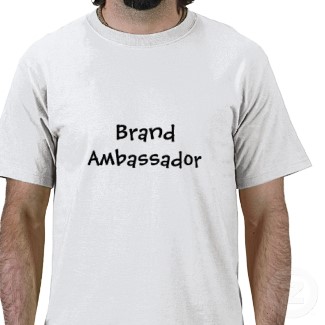Not too terribly long ago I ran across this article from Fast Company about how video games are infiltrating every aspect of our lives. The article covers everything from wellness to education. What really caught my eye was the way some corporations are using video game elements into their employee's everyday lives.
Most of the examples come from technology companies. The article first talks about IBM employees. When they have conferences, instead of spending a lot of money on travel and hotels, each employee has a virtual avatar that represents them in an online conference. The employees use these characters (that are slowly being able to look very similar to the employee) as methods of engagement with other employees across different offices...and continents. This video-game like environment helps make these events more engaging while cutting overall costs simultaneously.
A second example came from Sun Microsystems. The company has actually developed video games as part of their employee training. Using titles like Dawn of the Shadow Specters and Rise of the Shadow Specters, employees engage in a fictional world whose inhabitants reflect the same values as the company. Not only does this make training more engaging, it communicates company values in a fun way.
 Not every company will have the resources like the two named tech giants to create a corporate video games. Very few do. Even still, there is a takeaway for everyone.
Not every company will have the resources like the two named tech giants to create a corporate video games. Very few do. Even still, there is a takeaway for everyone.
You don't have to have video game developers at your fingertips to make everyday work more engaging. Using the same basic game mechanics used in video games, there are ways to make work more engaging and fun. Using the same sort of points-style system games do, rewarding points is one way to start.
"Level Up" Your Engagement
Even "leveling up" could be applied to a company recognition program. There is a big emphasis on "badges" when it comes to loyalty programs and location-based services. The same concept could be applied inside the office. For reaching certain milestones, point-wise or some other clearly communicated metric, an employee could earn some sort of badge or "level-up" style of recognition. Zappos uses this concept inside their offices using license plates. A rookie Zappos employee is presented with a paper copy of a license plate with their name on it. After their tenure continues and they mature in the company, they eventually get normal metal license plates. From there on out, the employee receives stickers for however many years they've been there.
The above Zappos example is used in a "Years of Service" program but the concept could be applied in other styles of programs. There's a lot we could all learn from simple game mechanics.
What do you all think? Will work eventually be gamified?







